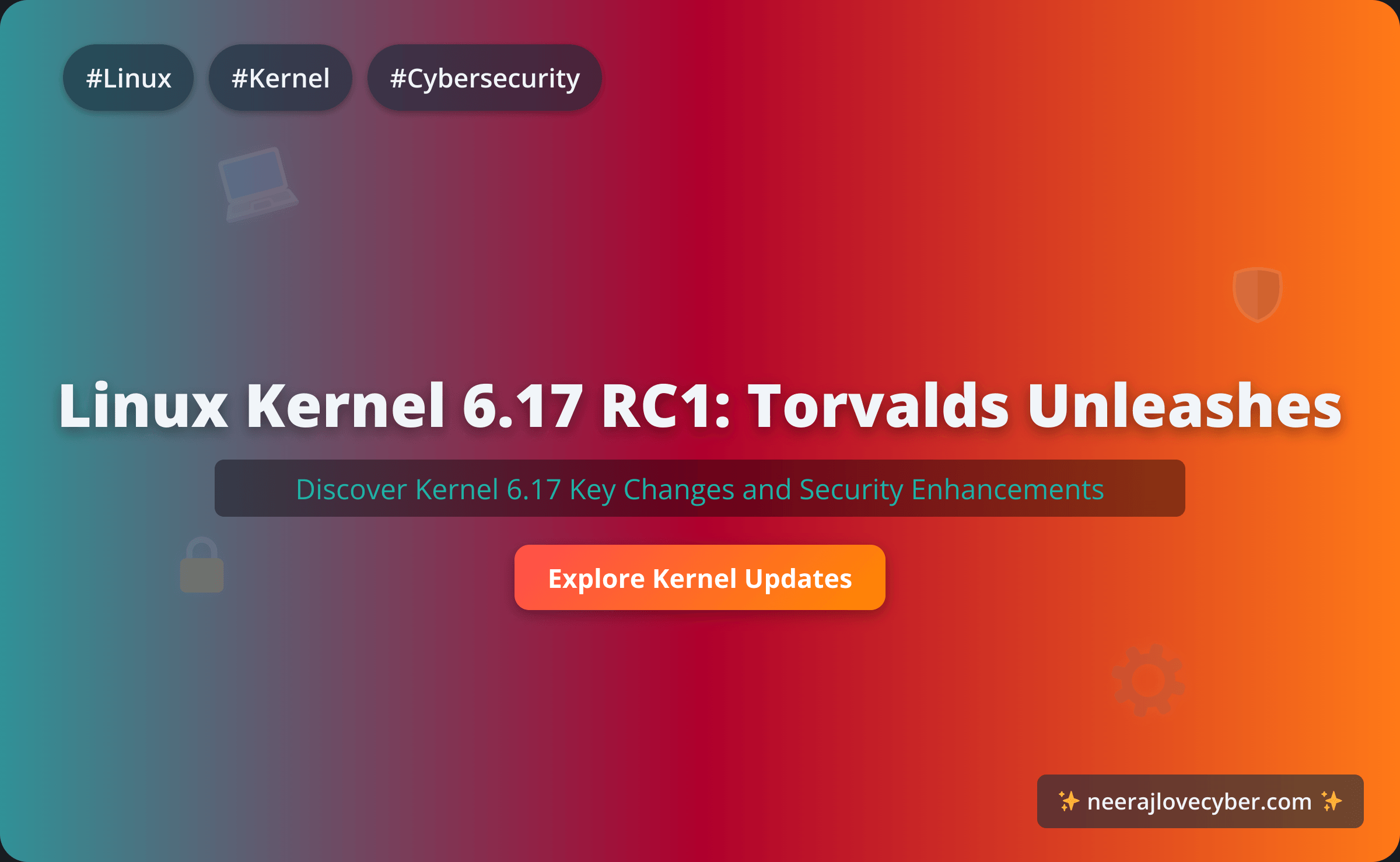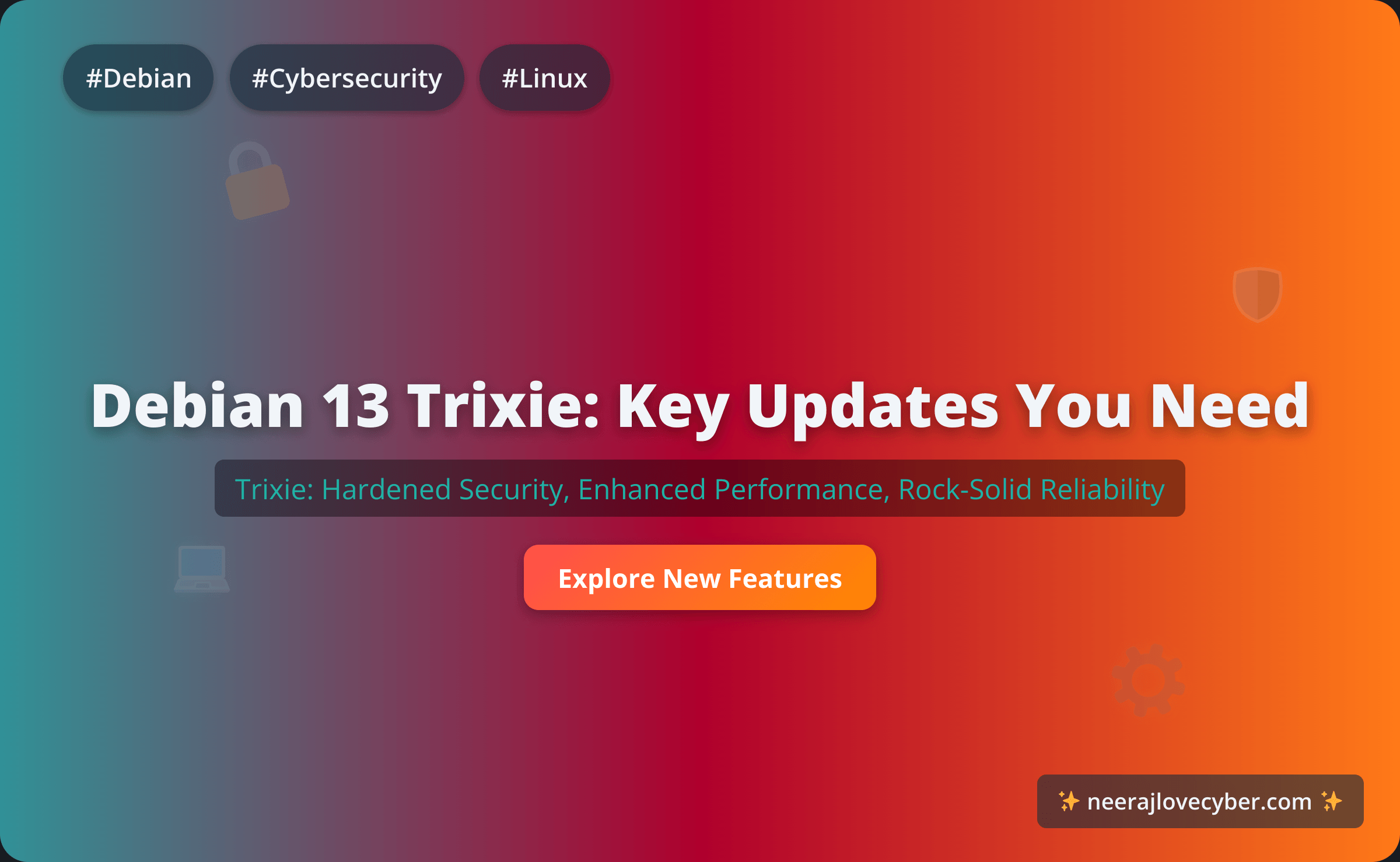· Cybersecurity · 2 min read
Linux Kernel 6.17 RC1 Released by Linus Torvalds

Linus Torvalds has just pulled the trigger on the first release candidate for the Linux Kernel 6.17, signaling the end of the merge window and the beginning of the testing phase. As is tradition, Torvalds made the announcement on the Linux Kernel Mailing List (LKML), giving his take on how the development cycle has gone so far.
A “Surprisingly Calm” Merge Window
Despite a flurry of pull requests, Torvalds described the merge window as “surprisingly calm.” In his announcement, he noted, “Things have been pretty normal, and this release doesn’t seem to be breaking any records, either in terms of size or in ‘oh that’s scary’ moments. And that’s just how I like it.”
This steady development cycle is a testament to the mature processes that govern kernel development, a crucial aspect of maintaining stability in the world’s most widely used open-source kernel. For cybersecurity professionals, a predictable release cycle means fewer unexpected bugs and more reliable patching schedules.
What’s New in Kernel 6.17?
While this isn’t a groundbreaking release, Kernel 6.17 RC1 brings a host of welcome improvements and new hardware support. Some of the key highlights include:
- Enhanced Hardware Support: Initial support for next-generation Intel and AMD chipsets, paving the way for better performance and security features on upcoming hardware.
- File System Upgrades: Notable updates to Btrfs and EXT4, focusing on performance optimizations and improved data integrity checks.
- Networking Stack Improvements: Several refinements to the networking subsystem, aimed at reducing latency and improving throughput for high-speed connections.
- Security Fortifications: As always, there’s a focus on security. This release includes strengthened protections against certain side-channel attacks and improvements to the kernel’s lockdown mode.
The announcement is already sparking discussion among developers online and on social coding sites, with many eager to put the release candidate through its paces.
Time to Test
Torvalds concluded his message with the usual call to action: “The merge window is over, and now it’s your turn to get involved. Please give this release candidate a good workout and report any issues you find. The sooner we find the bugs, the sooner we can get to a stable release.”
For those on the front lines of development and system administration, now is the time to compile, install, and test. A stable kernel is the foundation of a secure system, and community testing is what makes it all possible.
News Feed
Get the Hottest Cybersecurity News Delivered to You!
Thank you!
You have successfully joined our subscriber list.





